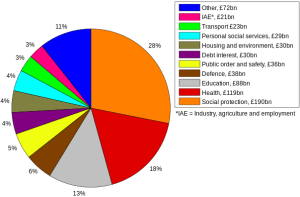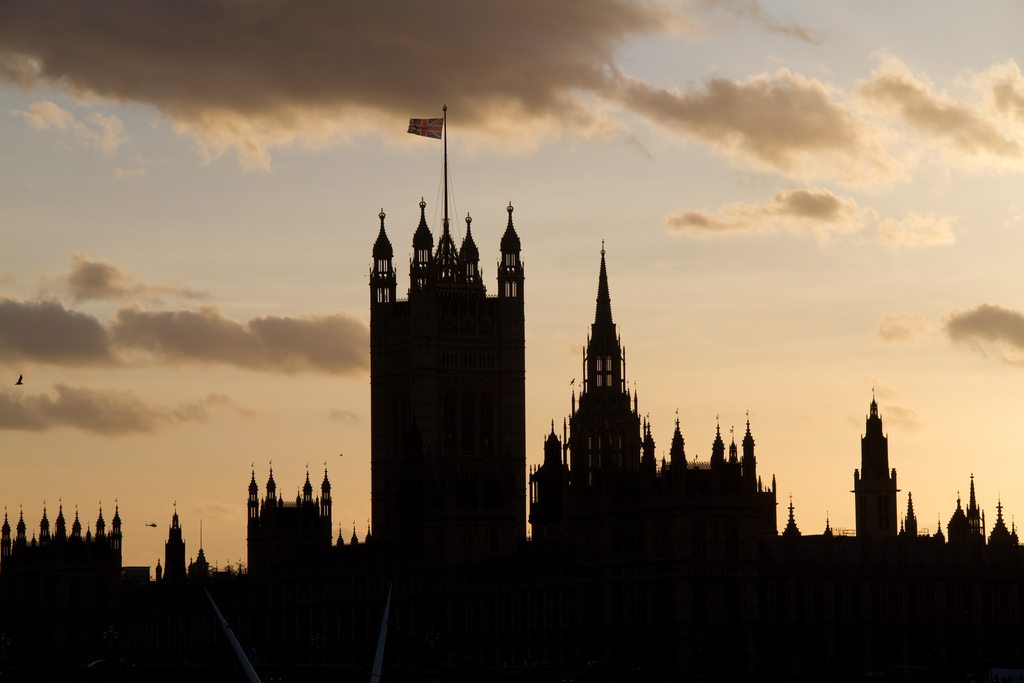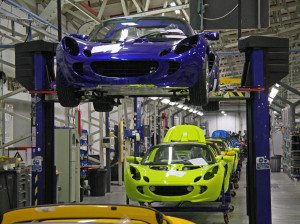The Budget 2015-16 – Dispelling Media Myths
Dissent and political criticism are essentially parts of the UK culture.
Complaints across the United Kingdom vary as you go from region to region, for example public transport isn’t quite as large a concern in Haddenham as it is in The City of Westminster in Central London.
That said there are still topics that tend to resonate across the nation, these include, but are certainly not limited to: public sector debt, tax scandals and welfare system nightmares.
The inception of Britain’s scepticism is hard to pinpoint but the sources that fuel it definitely are not. Whilst some are world renown, UK newspapers constantly practice tactics designed to conscript readers to their side and to propagate their political agenda. The by-product of this however is that they routinely misinform their audience.
 These tactics aren’t by any standards complex – things such as reporting very rare special cases of some man or woman abusing the welfare state or finding the most incriminating way to frame statistics. A good example of this is the flurry of reports on Jeremy Corbyn being sexist despite being the pioneer of the first front-bench cabinet to have a female majority in parliamentary history.
These tactics aren’t by any standards complex – things such as reporting very rare special cases of some man or woman abusing the welfare state or finding the most incriminating way to frame statistics. A good example of this is the flurry of reports on Jeremy Corbyn being sexist despite being the pioneer of the first front-bench cabinet to have a female majority in parliamentary history.
With this ‘climate of deception’ it can be difficult to get the real picture, fortunately in the case of The Government Budget, The Treasury publishes it all for free.
The government will receive roughly £673 billion mainly from taxes and will spend roughly £742 billion with the £69 billion in between being what is referred to as ‘The Deficit’ which the government makes up for by increasing the national debt.
Worth clearing up immediately is that government debt is not the bad or scandalous thing that many seem to regard it as – It’s a strong political strategy. At the moment global interest rates are low, very low, and everyone keeps voting to keep them that way as the Bank of England just has.
This enables governments to increase borrowing to stimulate their economies without incurring massive interest payments. In this case debt interest for the 2015-16 period makes up just 4.8% of the budget which is very similar to the 4.3% it made up in 2006 before the financial crisis.
Frequented in UK politics arguments is the notion that the government is cutting taxes on businesses and the wealthiest individuals. This sentiment is frequently found followed by a half-enthusiastic drone of support in the House Of Commons.
Whilst it is true that corporations have recently received lower tax rates (along with almost every other facet of the country), the growth in business this is associated with essentially makes up for it. This is clear as despite tax cuts, the revenue from corporation tax has still increased on previous years and also still makes up roughly the same proportion of the entire budget at just over 6%.
Its clear that the welfare budget is the single largest cost to the UK government. The issue that tends to surface however isn’t so much the size of the budget as much as it is the fraud within UKit.
The department of work and pensions reported for the 14-15 year that the amount of the budget spent on fraudulent welfare has been consistently falling and now sits at just 1.9% of the total budget. So in reality the prevalence of fraud in the media and the weighting this topic has in the minds of the public is over less than 2% of what their taxes actually end paying for.
All this considered, it’s arguable that it’s near impossible to follow any UK media and not be subject to degrees of sensationalism. At least in this case, the comforting fact is that all the information to get the real picture is entirely at your fingertips.


Comments